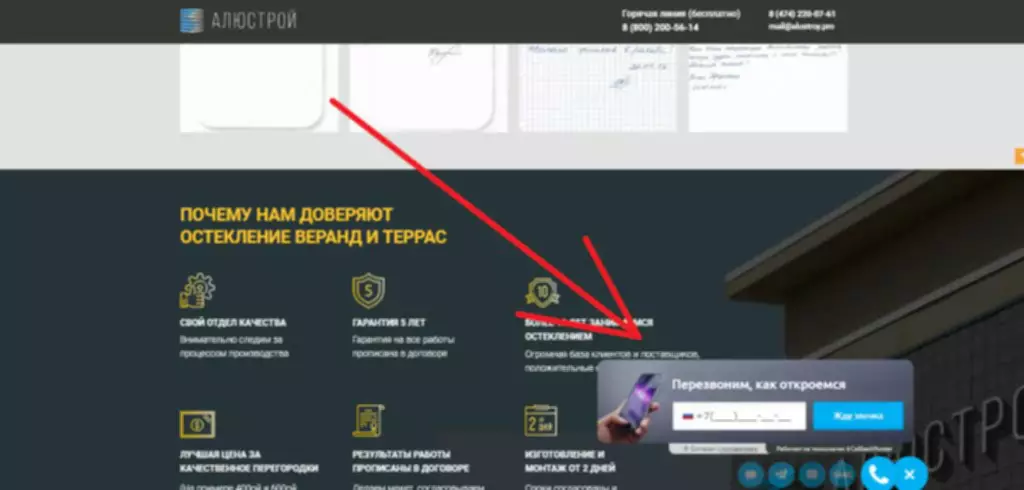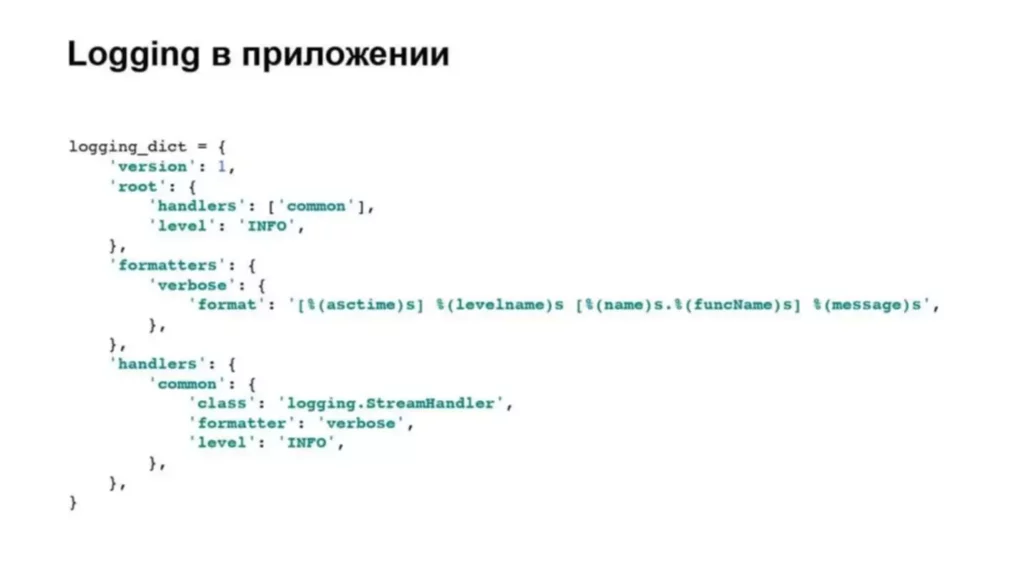Whoa! This market moves fast. Traders feel like they’re driving at night sometimes, headlights sweeping over dozens of pools and liquidity cliffs. At first glance you think every swap is the same — a token goes in, another token comes out — but actually, the path that swap takes can change the outcome dramatically, and my instincts kept nagging at me for months. Something felt off about trying to eyeball routes, especially when slippage creeps up or a rug is hiding in a shallow pool…
Okay, so check this out—DEX aggregators exist to stitch liquidity together across protocols. They do two things well. They find the path of least resistance, and they hide costly surprises from sloppy routing. Really? Yes. Aggregators often split orders, route across AMMs and order-books, and sometimes even tap into off-chain liquidity to shave percentage points off your execution cost.
Here’s the kicker: not all aggregators are equal. Some optimize purely for price. Some prioritize speed. Some trade off counterparty complexity for better fills. Initially I thought price was king, but then realized gas costs, MEV exposure, and slippage matter more for mid-size orders, and the tradeoffs change as order size scales. On one hand you can chase the lowest quoted price; on the other, a slightly worse price that avoids a sandwich attack could save you far more in realized loss.
Let me be blunt — routing opacity still bugs me. It’s very very important to understand where your liquidity is going. I’m biased toward transparency; many traders I talk to prefer seeing the routes laid out. That’s why tools that show pair-level execution details matter. If you want to inspect token liquidity, depth, and recent trades without guessing, check tools like the dexscreener official site app which layers charting and pair analytics into quick views that help you spot anomalies before you hit execute.

How to read trading pair analysis like a pro
Short answer: look past the headline price. You want to check pool depth, recent trades, and route splits. Hmm… sounds obvious, but many traders skip these steps when FOMO hits. Medium-sized trades need route optimization that accounts for both slippage and MEV risk. Traders should compare the quoted route against historical fills, and flag pools with volatile price impact. On-chain explorers give raw data, though parsing them can be tedious.
Serious traders add a few more checks. They monitor pair contract age. They check liquidity concentration — is the top LP owner one address? That can be a red flag. They inspect recent rug-like patterns: sudden liquidity removal followed by price crashes. Initially I treated low TVL as just a cost issue; actually, low TVL is a risk multiplier if large swaps can move the market dramatically.
My instinct said: trust but verify. Actually, wait — let me rephrase that — trust the math and verify the counterparty. On-chain transparency gives you the math. But you need analytics to translate that math into decisions. Aggregators with good analytics show estimated price impact per hop, gas-adjusted savings, and alternative routes side-by-side so you can choose the lesser evil.
Trade size matters. Small retail swaps often care only about gas and token approval UX. Large orders need split routing and careful slippage caps. If your order starts to influence the order book, then different strategies apply, like using TWAPs or posting to limit order protocols. (oh, and by the way…) not every DEX supports the same asset types or has the same oracle resilience, which means you can’t treat pools as interchangeable.
Protocol risk: more than just smart contract code
Security audits are table stakes. But audits are snapshots in time. They don’t capture governance attacks, economic exploits, or oracle manipulation that happen later. On one hand an audited protocol may be safe. Though actually, code quality matters less than how incentives are structured. If a protocol rewards short-term liquidity mining with tiny TVL to lots of fresh tokens, you’re essentially betting on momentum rather than fundamentals.
Traders should layer checks. Review token-owner concentration, vesting schedules, and how LP incentives are distributed. Check if the team has on-chain multisig controls or centralized admin keys. I’m not 100% sure on every project’s governance nuance, but these are the practical flags that keep smart traders awake at night. Sometimes it’s less about the solidity of the contract and more about the social recovery plans and the way upgrades are pushed.
Also: watch for correlated risk across protocols. A protocol might seem diversified, but if multiple pools rely on the same oracle or a shared router, a single exploit can cascade. That cascading risk is underappreciated. Traders who diversify across chains and aggregators gain real optionality when things go sideways.
Execution tactics that actually move the needle
Split orders. Time-weighted fills beat single huge swaps. Use slippage caps, but don’t set them so tight you never fill. Seriously? Yes — I’ve seen trades fail repeatedly because a trader set slippage to 0.1% and then blamed the market. On-chain markets are noisy. Accept a realistic band and watch slippage vs. opportunity cost.
Consider using limit order DEXs for predictable fills, and fallback to aggregators when urgency matters. Arb bots and sandwich attackers love high-visibility mempool orders. If you’re making a sizable swap, private relays or MEV-resistant tools can reduce extraction. Initially I underestimated MEV’s hit to returns, but after reviewing dozens of fills, the extraction added up materially.
FAQ
How does a DEX aggregator choose a route?
Aggregators compute multi-hop paths across AMMs and order books, estimate price impact and gas, then pick the path that minimizes a chosen cost function — usually price plus fees. They may split the trade across multiple routes to reduce impact.
Can I trust aggregator price quotes?
Quotes are estimates. They factor in current pool reserves and gas, but by the time a transaction confirms, conditions can change. Use slippage controls and check recent trade history on the target pairs to validate the quote.
Which metrics matter most for pair analysis?
Prioritize free-floating liquidity, recent trade volume, top LP concentration, and oracle sources. Combine those on-chain signals with off-chain context like team transparency and tokenomics to form a risk-weighted view.
I’ll be honest — there’s no perfect setup. The landscape evolves weekly. My working rule is simple: minimize unknowns, and prefer execution paths that survive stress tests. If somethin’ doesn’t add up in the pool analytics, pause. Risk-management beats hero trading every time. New questions will pop up. Good. That means the market is still teachin’ us.





